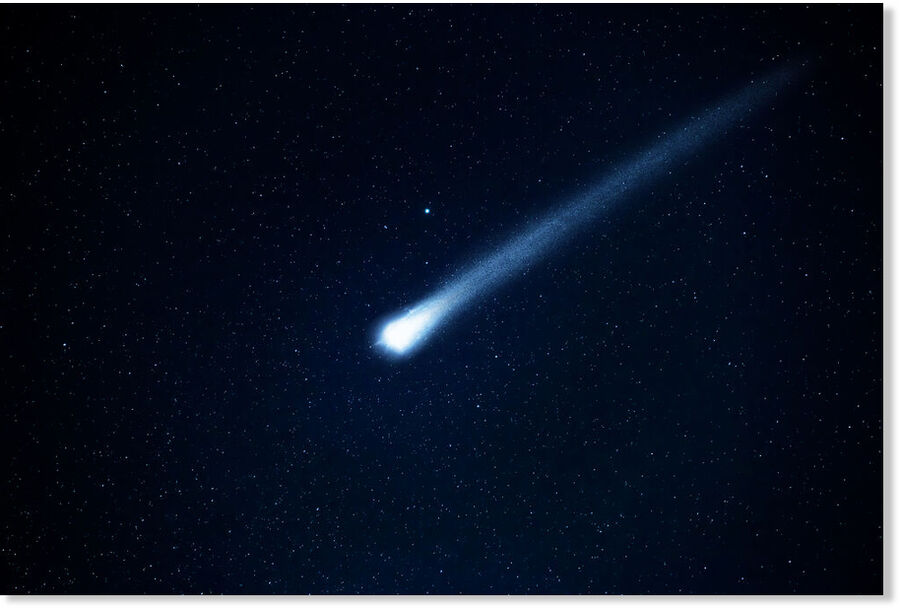
© Shutterstock/Triff
It hit Earth's atmosphere over the Pacific Ocean, so there weren't any public sightings. After being briefly observed, the ATLAS survey kept a watch as the asteroid impacted the atmosphere causing no harm.
The space rock burst into a bright fireball about 1,000 km off the California coast. It was picked up by NASA's Center for Near Earth Object Studies (CNEOS). It reported that a fireball lit the skies at 3:54 am PT on October 22, 2024.
Last month, another such asteroid was spotted just a few hours before it hit Earth. It burst into a fireball over the Philippines on September 5, 2024. The energy released by the recent asteroid was likely a little less than that of the one that hit the Southeast Asian nation.
Peter Brown, a meteor scientist at Western University in Ontario, Canada, posted about the asteroid impact on X. He stated that this is the 10th time an asteroid impact was predicted in advance.
It is becoming increasingly common because of the efficiency of surveys like ATLAS, Catalina and Pan-Starra, he added.
Asteroid in the Philippines
The Philippines asteroid was 3-foot long, the European Space Agency (ESA) said at the time. It was named 2024 RW1 and was spotted by research technologist Jacqueline Fazekas using the NASA-funded Catalina Sky Survey, a NASA-funded observatory near Tucson, Arizona.
It turned into a green fireball after impact, and many people happened to watch it.
Comment: Moment asteroid hits Earth's atmosphere like a ball of fire over the Philippines on September 5 (local time) [Update: Calculated total impact energy 0.2 kt of TNT]
Meteorite in South Africa
In August, a meteorite fell in South Africa, the first time in nearly 51 years. The meteorite fall caused a sonic boom which was heard kilometres away. It also caused tremors and some parts of it fell into the ocean.
The last time South Africa reported a meteorite fall was in Lichtenburg in 1973. The country has recorded only 51 meteorites till now, and only 22 meteorite falls.
Source link

